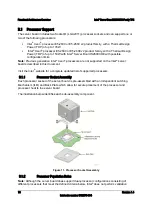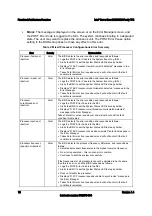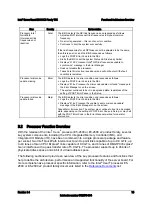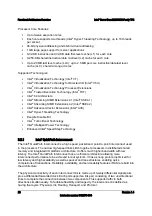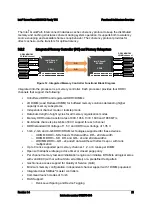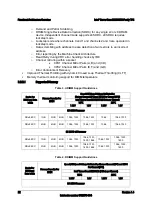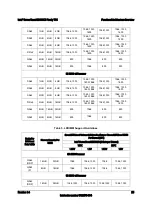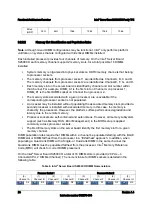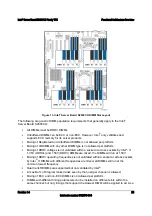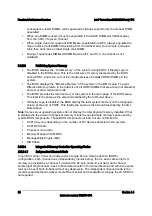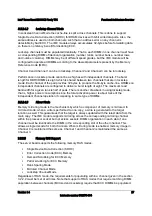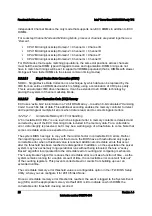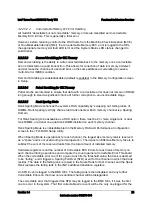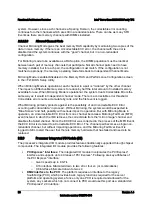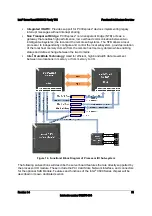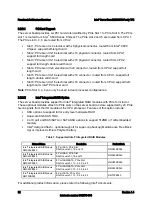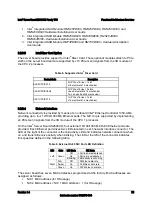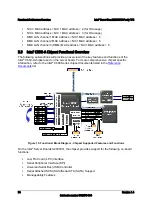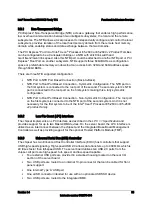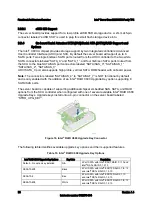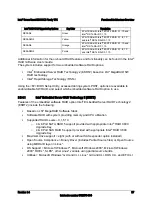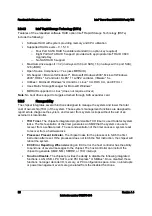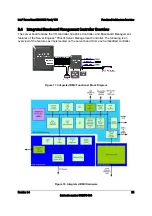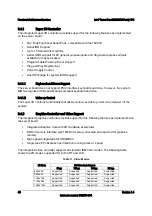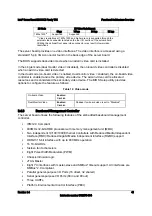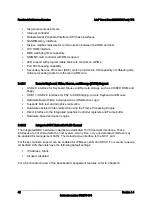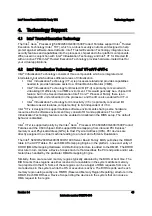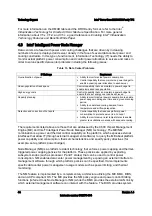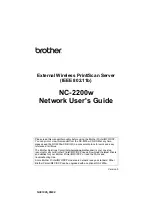
Intel® Server Board S2600CO Family TPS
Functional Architecture Overview
Revision 1.4
29
Intel order number G42278-004
3.2.2.5.2.2
Uncorrectable Memory ECC Error Handling
All multi-bit “detectable but not correctable” memory errors are classified as Uncorrectable
Memory ECC Errors. This is generally a fatal error.
However, before returning control to the OS drivers from the Machine Check Exception (MCE)
or Non-Maskable Interrupt (NMI), the Uncorrectable Memory ECC error is logged to the SEL,
the appropriate memory slot fault LED is lit, and the System Status LED state is changed to
solid Amber.
3.2.2.5.3
Demand Scrubbing for ECC Memory
Demand scrubbing is the ability to write corrected data back to the memory once a correctable
error is detected on a read transaction. This allows for correction of data in memory at detect,
and decrease the chances of a second error on the same address accumulating to cause a
multi-bit error (MBE) condition.
Demand Scrubbing is enabled/disabled (default is enabled) in the Memory Configuration screen
in Setup.
3.2.2.5.4
Patrol Scrubbing for ECC Memory
Patrol scrubs are intended to ensure that data with a correctable error does not remain in DRAM
long enough to stand a significant chance of further corruption to an uncorrectable stage.
3.2.2.5.5
Rank Sparing Mode
Rank Sparing Mode enhances the system’s RAS capability by “swapping out” failing ranks of
DIMMs. Rank Sparing is strictly channel and rank oriented. Each memory channel is a Sparing
Domain.
For Rank Sparing to be available as a RAS option, there must be 2 or more single rank or dual
rank DIMMs, or at least one quad rank DIMM installed on each memory channel.
Rank Sparing Mode is enabled/disabled in the Memory RAS and Performance Configuration
screen in the <F2> BIOS Setup Utility.
When Sparing Mode is operational, for each channel, the largest size memory rank is reserved
as a “spare” and is not used during normal operation. The impact on Effective Memory Size is to
subtract the sum of the reserved ranks from the total amount of installed memory.
Hardware registers count the number of Correctable ECC Errors for each rank of memory on
each channel during operations and compare the count against a Correctable Error Threshold.
When the correctable error count for a given rank hits the threshold value, that rank is deemed
to be “failing”, and it triggers a Sparing Fail Over (SFO) event for the channel in which that rank
resides. The data in the failing rank is copied to the Spare Rank for that channel, and the Spare
Rank replaces the failing rank in the IMC’s address translation registers.
An SFO Event is logged to the BMC SEL. The failing rank is then disabled, and any further
Correctable Errors on that now non-redundant channel will be disregarded.
The correctable error that triggered the SFO may be logged to the BMC SEL, if it was the first
one to occur in the system. That first correctable error event will be the only one logged for the
Summary of Contents for S2600CO series
Page 12: ......


